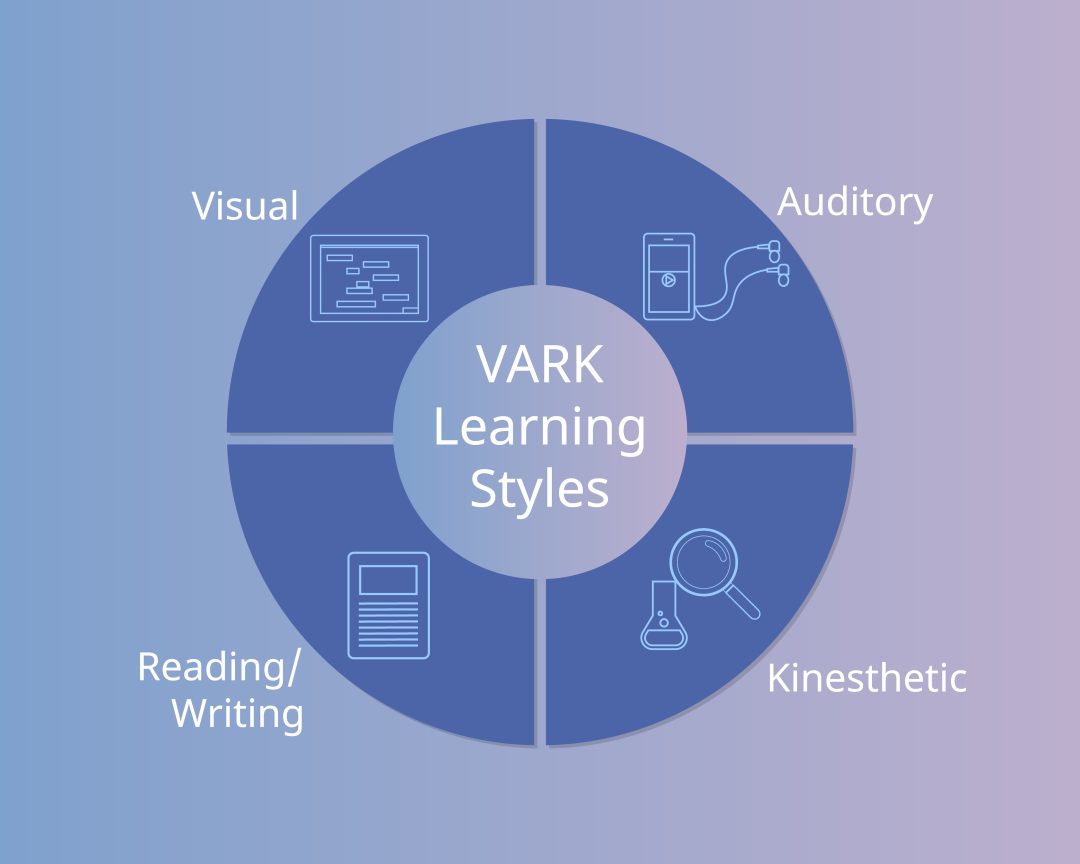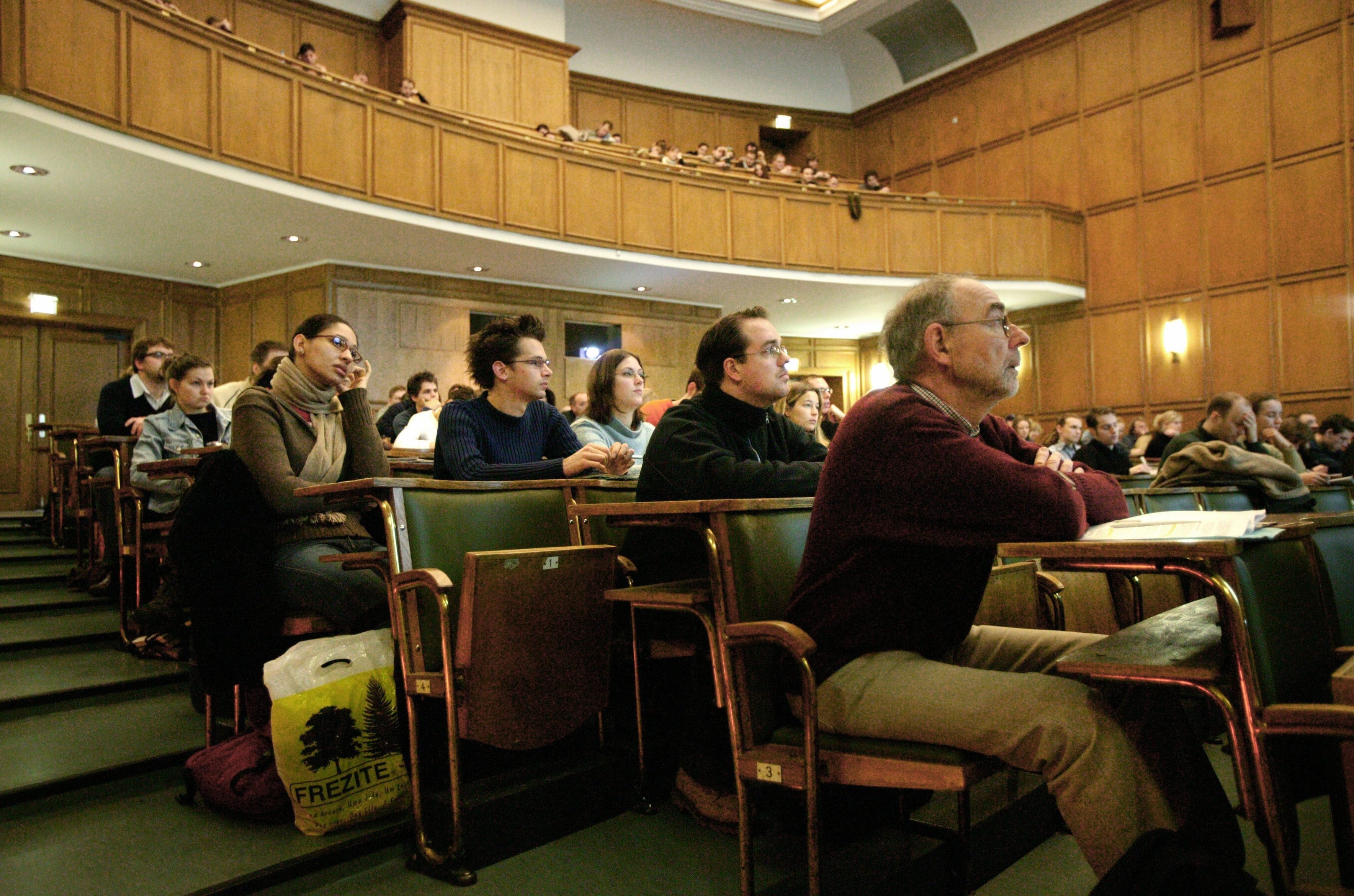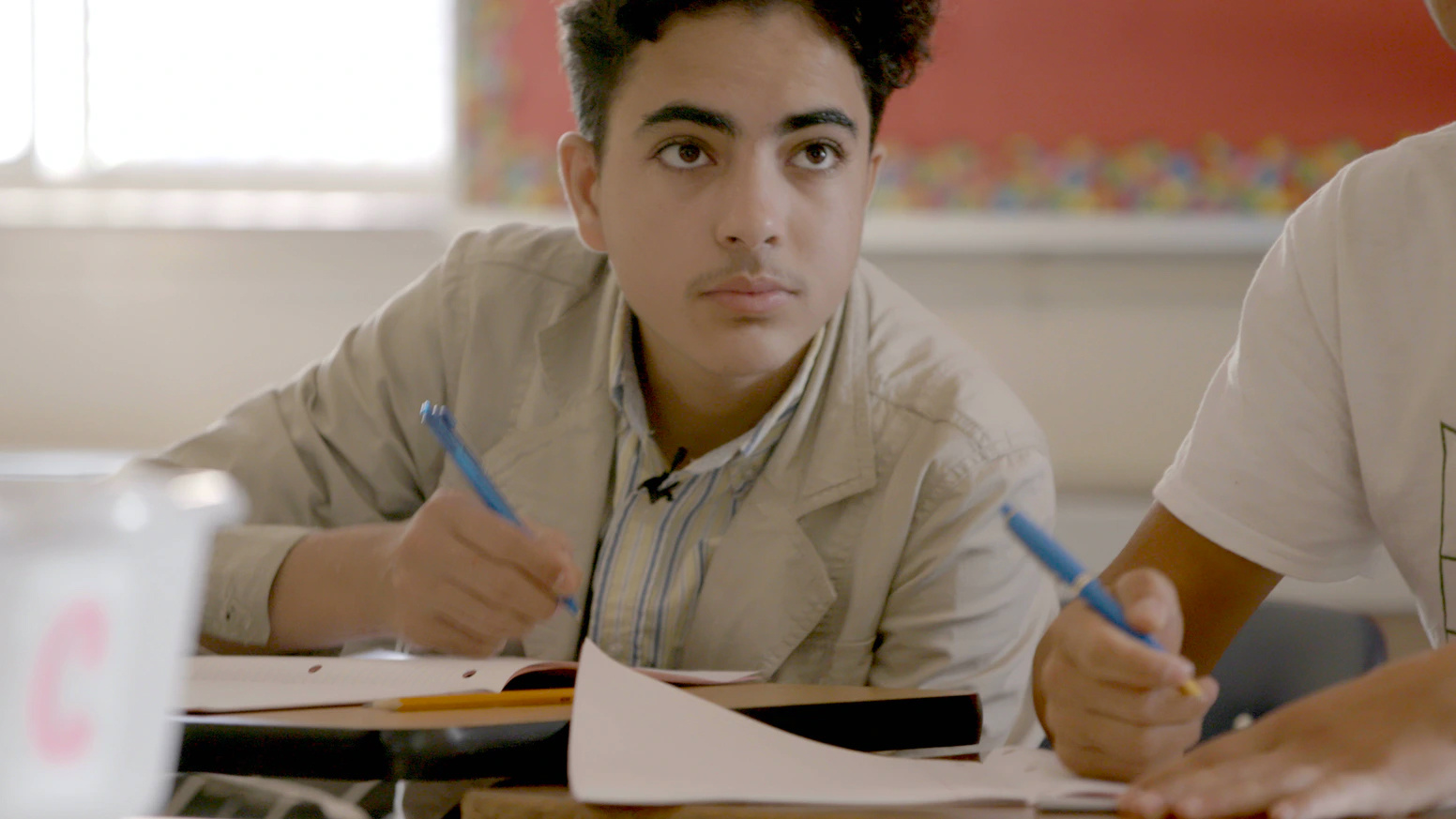Busting the learning styles myth: Why learning generalists perform best

- A large percentage of the population believe they were born with an innate learning style.
- Studies show no evidence for learning styles, and many researchers fear they may discourage proven educational practices.
- People, especially children, are learning generalists who should engage in many different methods of learning.
Now and then, a neurological study floats into our collective imaginations. Viewing its findings through the blurry lens of the media and the cropped perspective of the layman, people misread the data, and a neuromyth is born.
You’ve likely encountered these before. Multitasking is something people can do. All autistic people are secret savants. Listening to classical music makes babies smarter. Some people are predominantly left-brained, others predominantly right-brained. And the grandpappy of all neuromyths: We only use 10 percent of our brains.
None has stood up to empirical scrutiny, with some buckling under the force of a simple follow-up question. (If people only use 10 percent of their brains, what’s the other 90 percent for?)
Another prevalent neuromyth is that of “learning styles.” According to this belief, people can be classified by how they learn best and should concentrate their educational efforts in that mode. If someone is an auditory learner, the idea goes, she’ll master a subject or skill faster and more effectively by listening to lectures than reading books or through first-hand experiences.
But unlike other neuromyths—which serve mainly as devices for bad sci-fi plots or to sell public domain music to anxious parents—the idea of learning styles has infected our education systems and people’s understanding of themselves. And psychologists worry this can have consequences in our lifelong-learning pursuits.
The elements of learning style
There is a grain of truth to the myth. Namely, people do differ in their abilities and preferences. The VARK learning model, for example, classifies people as either visual, auditory, reading/writing, or kinesthetic (hands-on) learners. Each method is part of the learning process, and people will have their favorites. Such preferences are as true in education as anything else in life.
But when someone says, “I’m a visual learner,” she’s implying more than that she enjoys an alluring pie chart. Many proponents believe learning styles are inheritable, emerge early in childhood, have a physiological basis, predict learning outcomes, and are immutable. For such people, saying “I’m a visual learner” isn’t merely stating preference; it’s stating something fundamental about themselves.
According to a study in the Journal of Educational Psychology, half of the people who subscribe to the myth hold this view. More worryingly, the study noted, educators who work with younger children are more likely to believe that learning styles are hardwired. And that belief can lead educators to support learning style-based curricula.
During her Rethink Schools tour, former U.S. Secretary of Education Betsy DeVos championed programs that gave children “access to the education that fits their learning style and prepares them for a successful future.”
DeVos is no outlier either. A study published in Frontiers in Psychology found that 71 percent of educators believed the learning styles myth, while other research has shown a majority of states issue certification testing materials that present learning styles as gospel. For the record, that Frontiers study found that 88 percent of the general public accepted the concept, too.
“[G]iving students the message that ‘It’s OK if you’re not good at <insert ‘intelligence’ or ‘learning style’ here>, you can still be good at <insert whatever here>’ can lead students to give up on cultivating key learning skills that can be developed, to an extent, in everyone,” psychologist Scott Barry Kaufman writes for Scientific American. “Believe it or not, by promoting a dominant learning styles mentality, we are actually limiting students with self-fulfilling prophecies despite the best intentions.”
For such people, saying “I’m a visual learner” isn’t merely stating preference; it’s stating something fundamental about themselves.
It’s worth noting that some learning-style proponents take a softer view. They see learning styles as “simply common patterns of student preferences for different approaches to instruction with certain attributes […] being associated with each preference.” Fair enough, but even here there’s room for concern.
The VARK model may be the best-known taxonomy, but it’s hardly the only one. One review looked at 71 different models, forcing its researchers to group them into “families” to “impose some order.” Such a messy field can lead a well-intentioned learner to create false assumptions about her abilities—assumptions based largely on which of many competing, and potentially contradictory, tests she takes. A VARK test may label her a kinesthetic learner, while another classifies her as a pragmatist. Another a participative learner, still another a converter.
And once labeled, especially by an authority figure at a potentially young age, learners may disregard other avenues of achievement, support, and academic success that they would otherwise pursue.

VARK! A vagrant model
A short thought experiment reveals the fundamental problem with the learning styles myth. Imagine a young surgeon being told he’s a reading/writing learner. Taking the idea to heart, she skips lectures, shuns anatomy charts, and doesn’t bother practicing on cadavers. But don’t worry, she says as the anesthesiologist puts you under, they were excellent books.
A bit of caricature? Sure, but the research on learning styles shows them to be about as effective in practice.
A seminal 2009 analysis reviewed the literature on learning styles and found a wide array of papers discussing the theory but few studies testing the idea through experimentation. Those that did found no supporting evidence that learning was enhanced by a slavish dedication to a student’s learning style.
“We conclude therefore, that at present, there is no adequate evidence base to justify incorporating learning-styles assessments into general educational practice,” the authors wrote, adding: “[W]e feel the need to emphasize that all humans, short of being afflicted with certain types of organic damage, are born with an astounding capacity to learn, both in the amount that can be learned in one domain and in the variety and range of what can be learned.”
Six years later, another analysis returned to the research to see if things had changed. It showed the same results: Despite broad acceptance, studies continued to show no benefit to a learning-style approach. As one study’s authors so aptly put it: “The most important finding of this study is, in essence, a non finding.”
A multi-style approach to learning
Why then does the learning styles myth survive—make that thrive!—despite the evidence and experts’ red-faced arguments? Because like all neuromyths, it tells us something we want to believe. The classic music myth gives worried parents a sense of control. The 10-percent myth tells us we’re secretly super-geniuses who just need to unlock our potential.
As for the learning styles myth, it serves a function similar to personality tests, horoscopes, and Cosmo quizzes. That is, it provides a sense of identity, allows us to simplify complexities, and tells us something about our favorite subject (ourselves!).
“It seems likely that the appeal of the learning styles myth rests in its fit with the way people like to think about behavior,” Shaylene Nancekivell, author of the Journal of Educational Psychology study, said in a press release. “People prefer brain-based accounts of behavior, and they like to categorize people into types. Learning styles allow people to do both of those things.”
It may also tie into common misconceptions of success.
Success is complicated. It requires the right mixture of education, resources, skill, and luck. But as journalist David Epstein notes in his book Range that we tend to streamline this equation into specialization equals success.
The earlier we learn who we are and dedicate ourselves to that path, the thought goes, the greater our chances to succeed. Our cultural obsession with the likes of Tiger Woods, Mark Zuckerberg, and legions of chess prodigies bears this out. To get a head start on success, specialize early and to the exclusion of all else.
But while specialization has its place, Epstein argues, that obsession pollutes the principles that research shows help us learn. Those being: Engage with subjects in as many material ways as possible. Read, converse, seek out examples, get hands-on, and experiment. While we may have preferences, we should also challenge ourselves to try new methods and re-engage with less-favored ones.
In a discussion with Big Think+, Epstein analogizes the benefits of such generalization to that of comic book creators. In a fascinating study, Epstein told us, researchers looked at what made a successful comic book creator. Turns out, it wasn’t publisher resources or even years of experience. It was the number of genres the creator had worked in.
The same holds for any subject you want to learn. Each style is its own “genre” and each can be valuable in the creation of your lifelong-learning path.
Go deeper with Big Think+
Our Big Think+ lessons with David Epstein explore how to reimagine education for success in today’s world.
- Future-Proof Your Skills for the Modern World
- Supercharge Your Career with Generalization
- Optimize Your Learning by Embracing Frustration
Learn more about Big Think+ or request a demo for your organization today.





